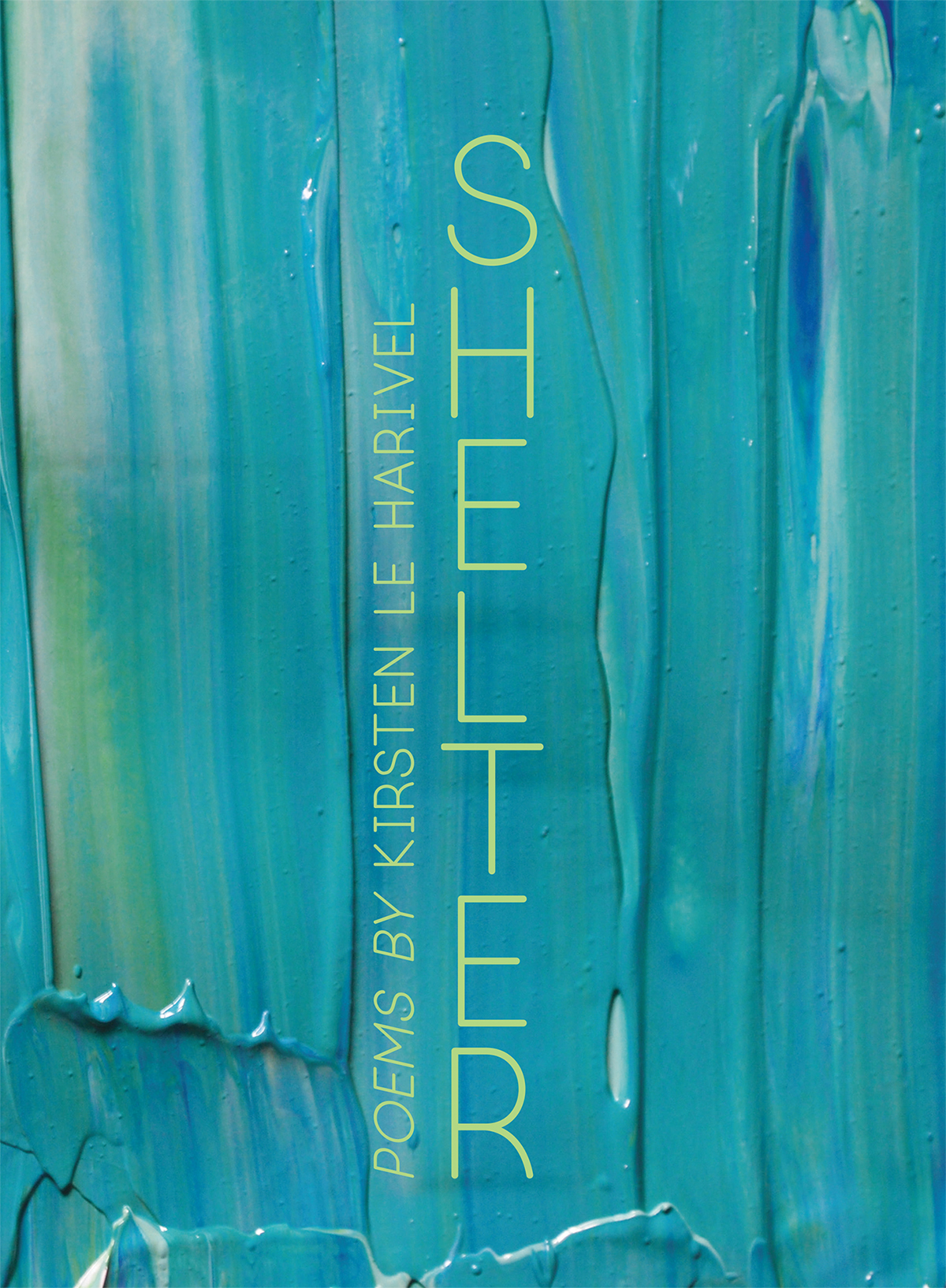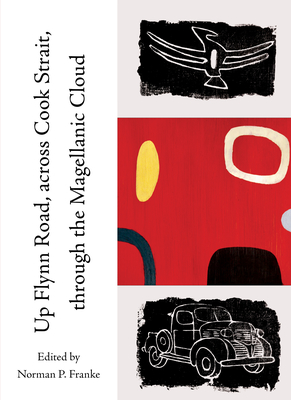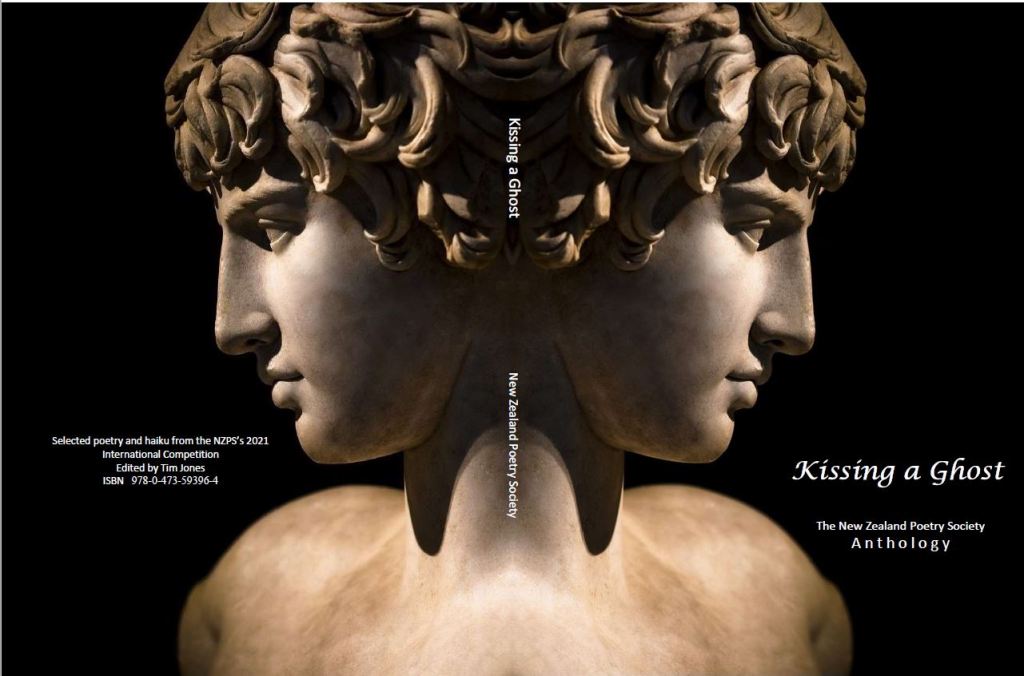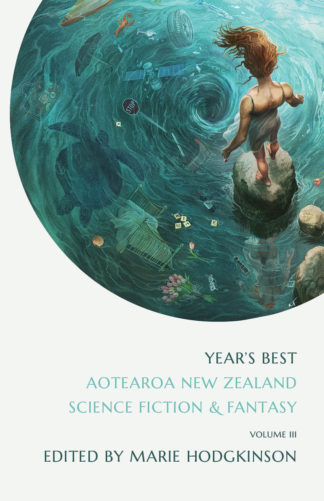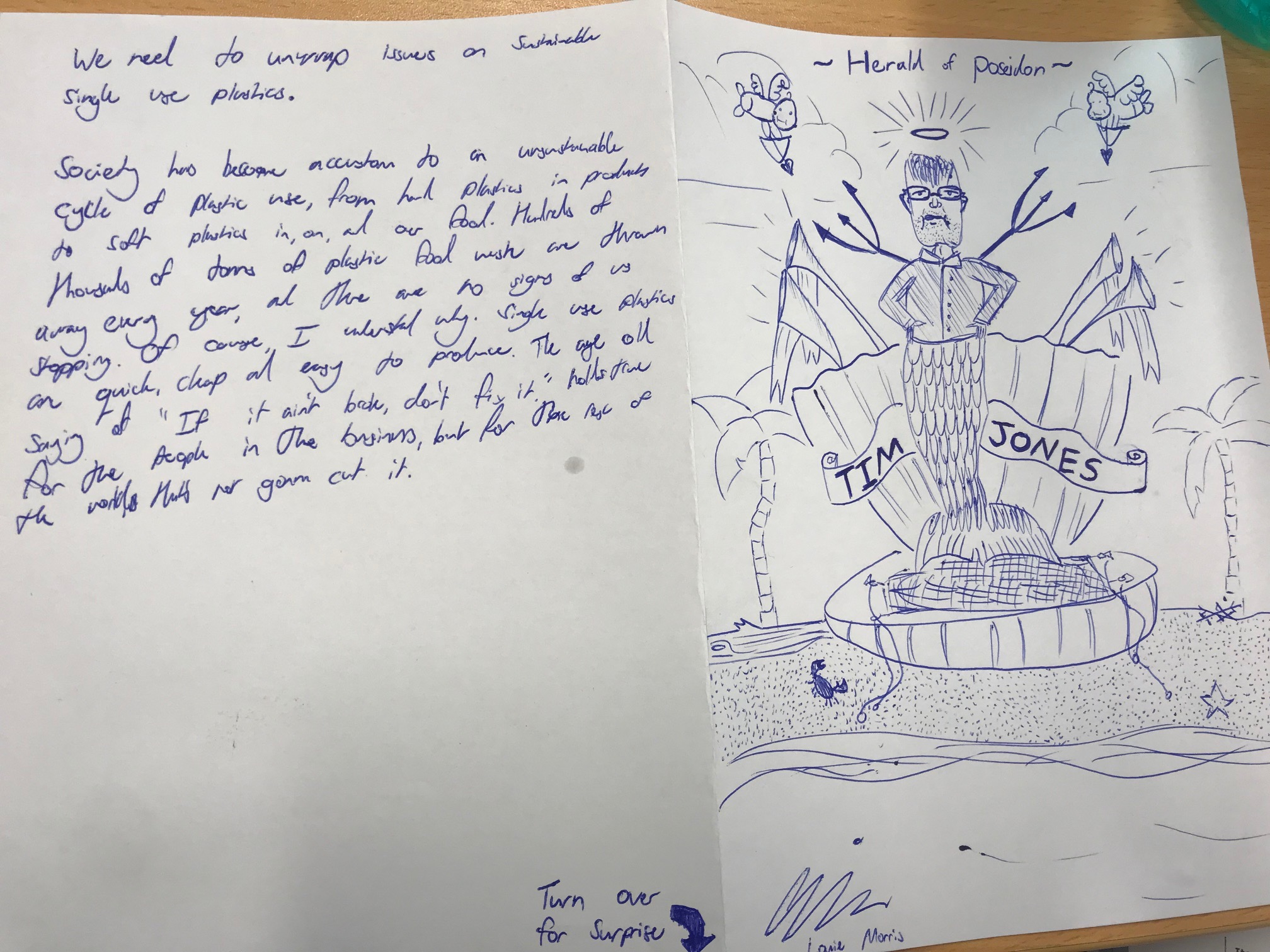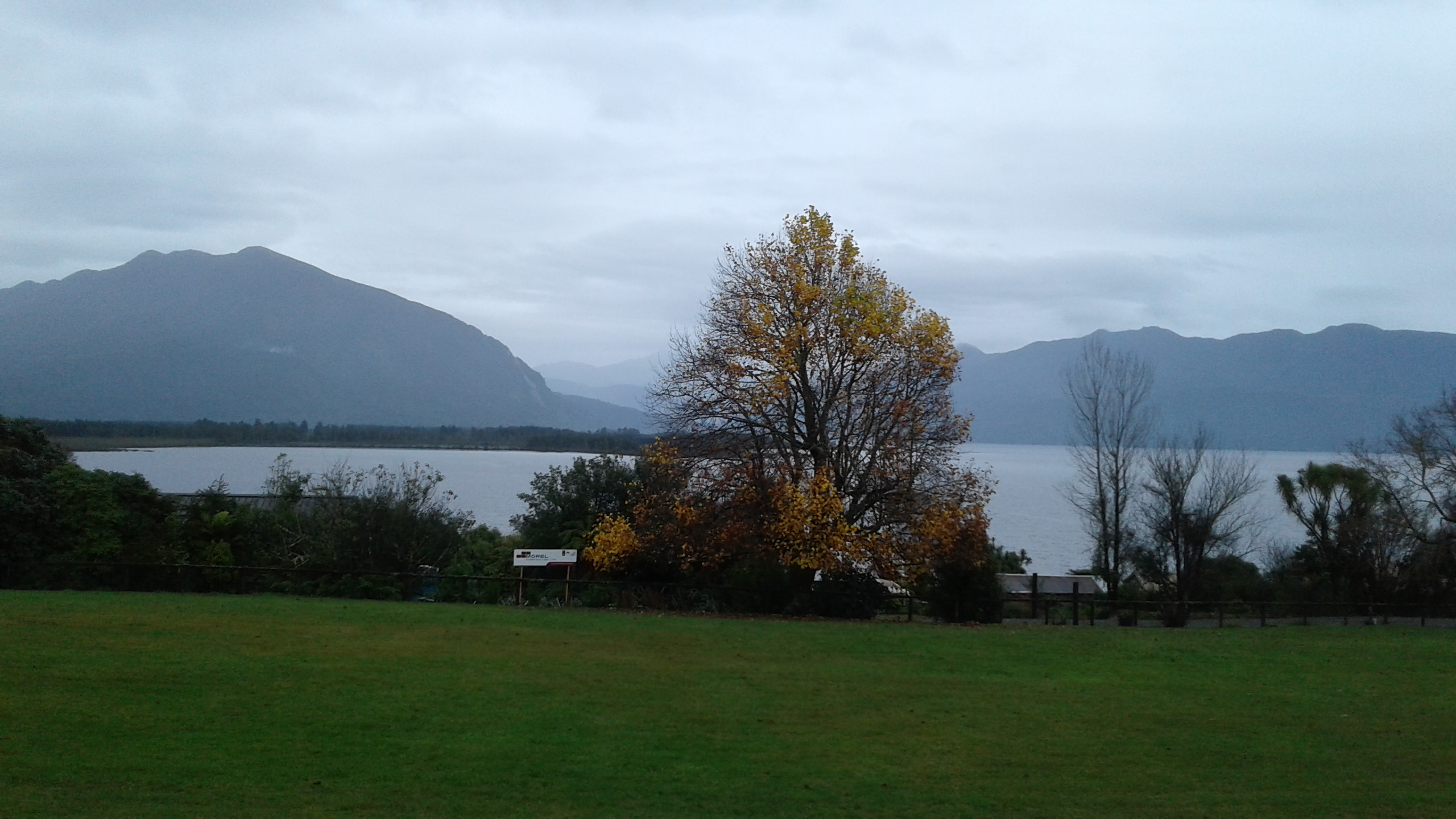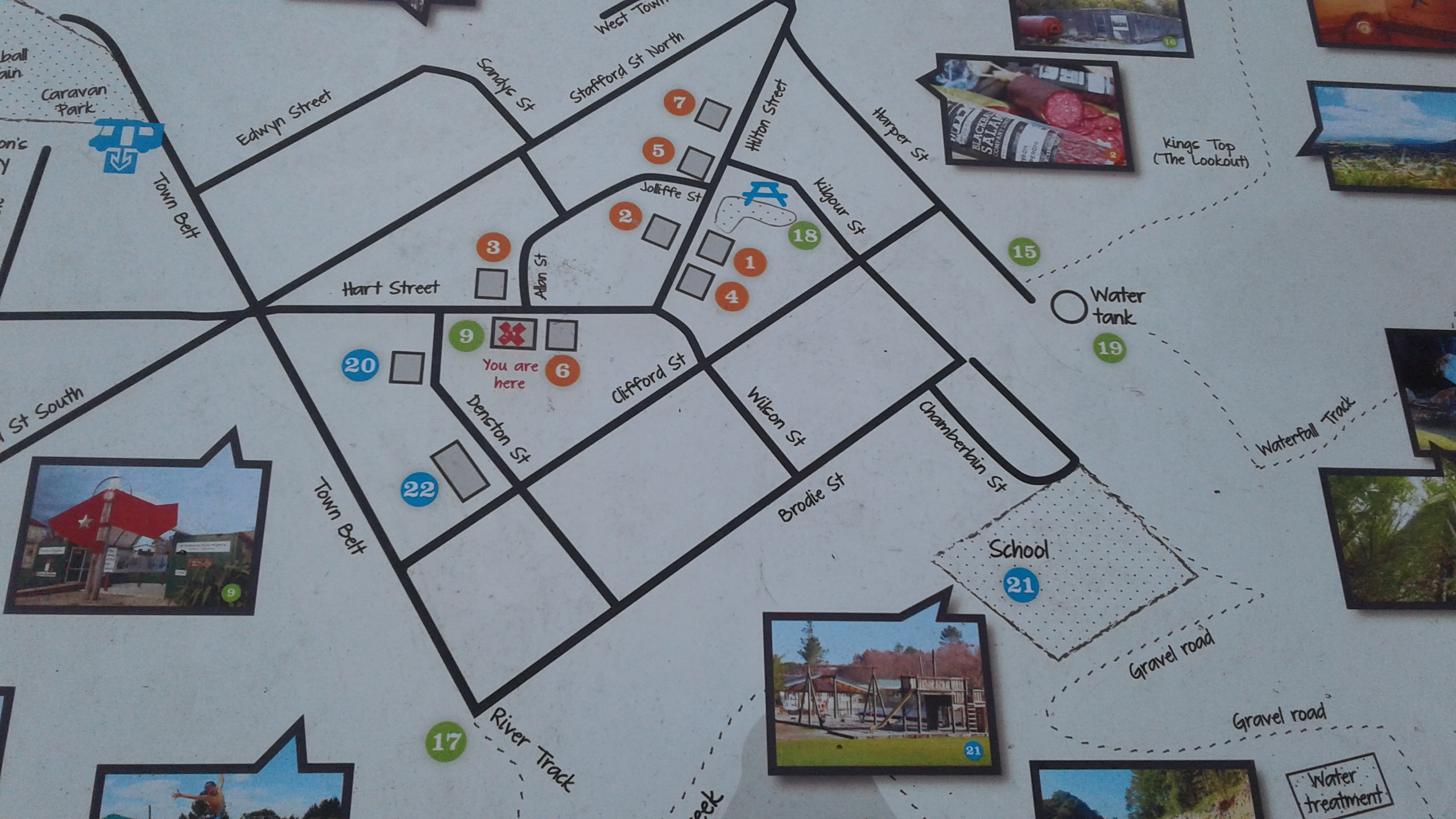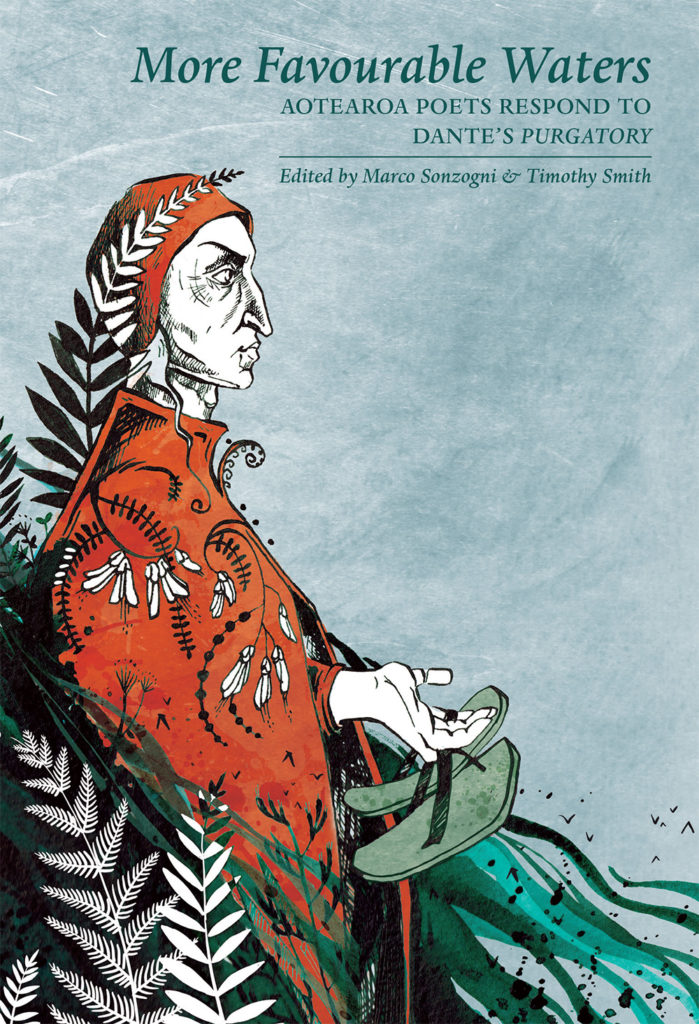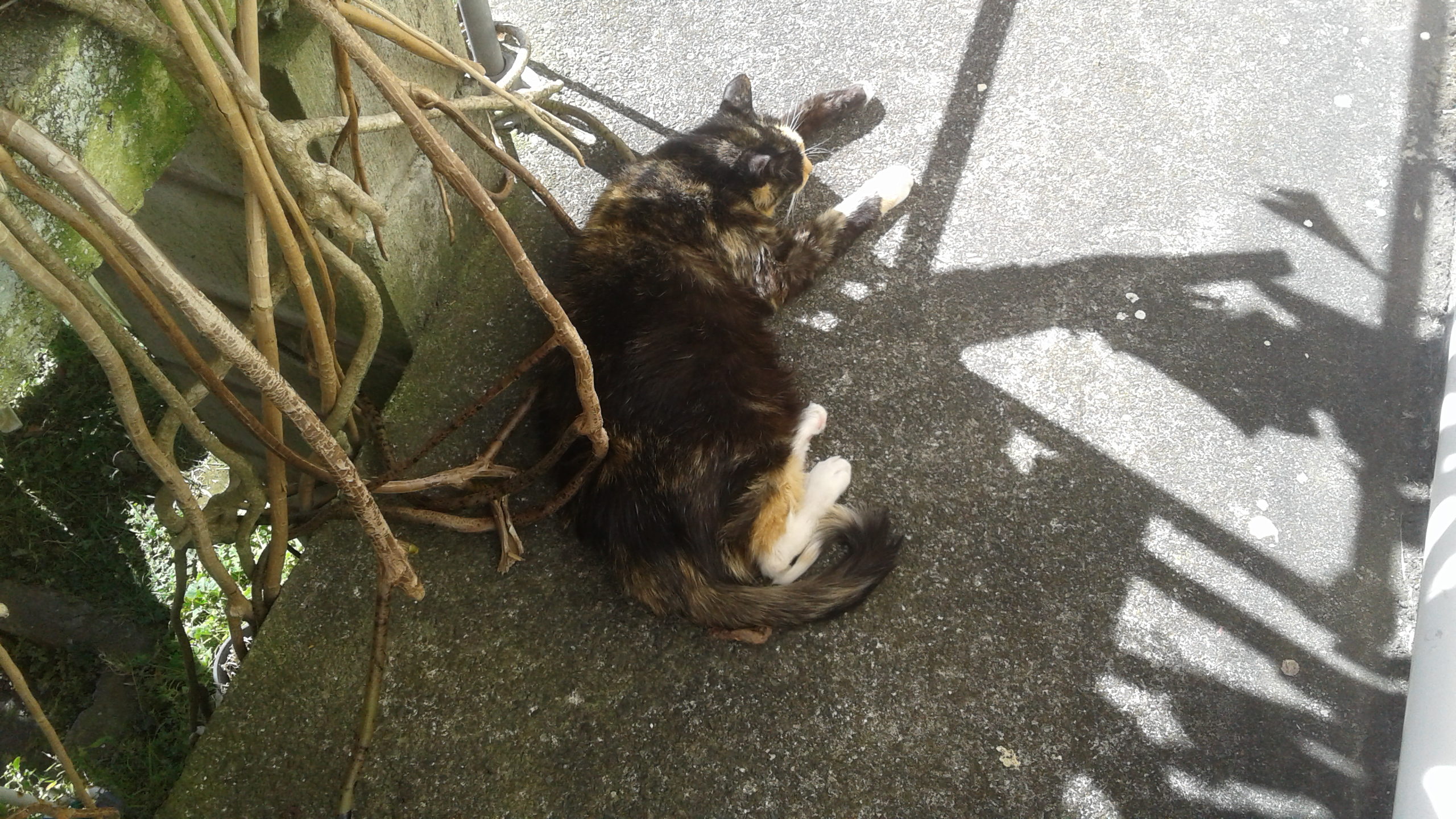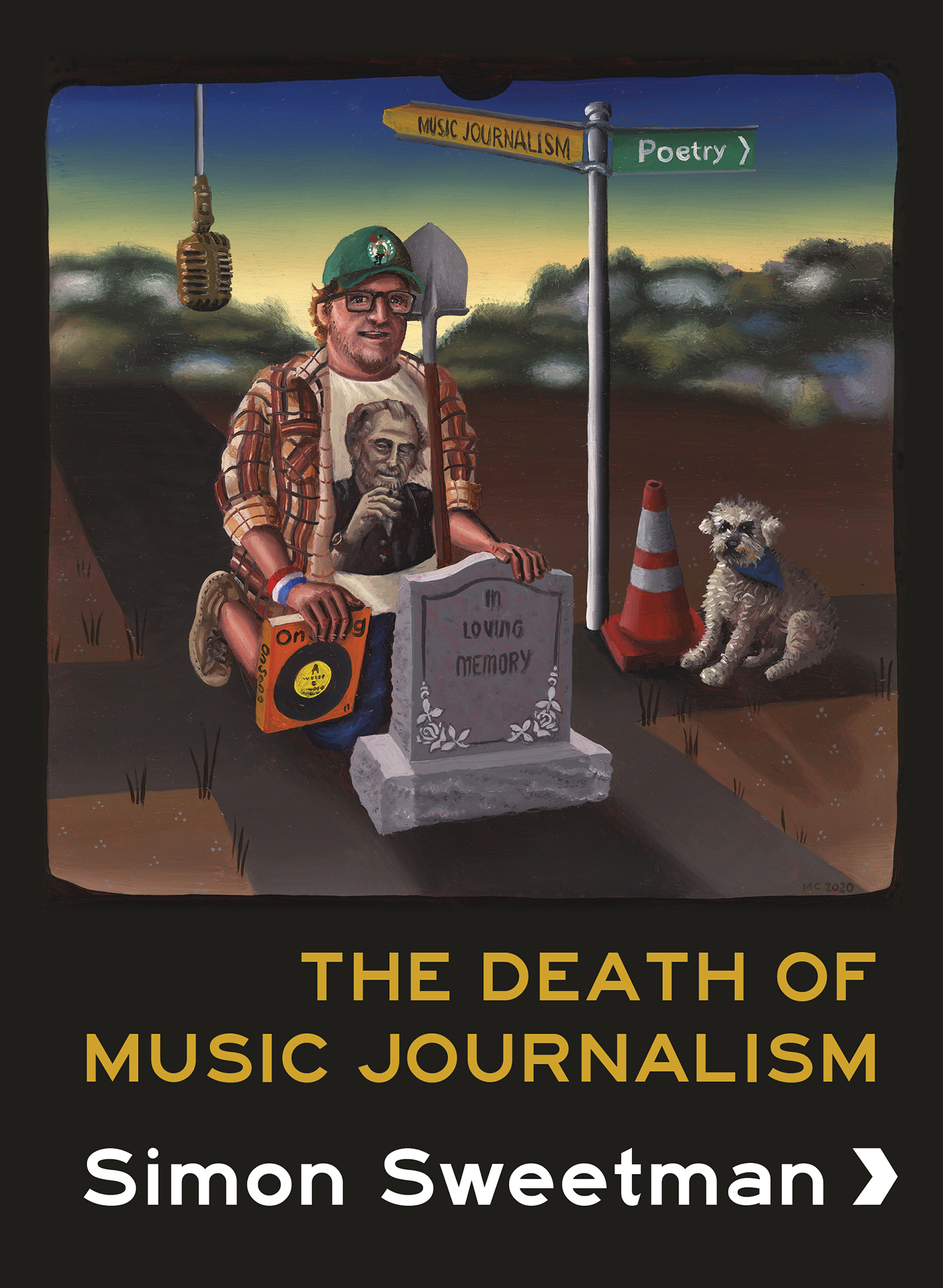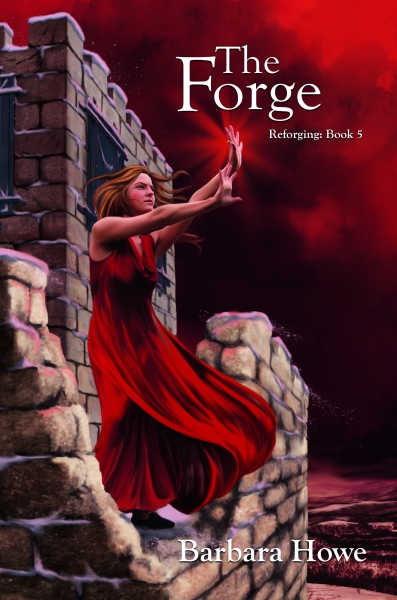
I’ve just finished reading The Forge by Barbara Howe, the fifth and final volume in her Reforging series. There’s an excellent introduction to the series, and each of the books in it, on Barbara Howe’s blog – I encourage you to read that introduction and to buy and read the books!
Here’s the author’s summary of the series:
The series is set in an alternate Europe, where Charlemagne, the great Earth wizard and king of the Franks, turned north to conquer the British Isles instead of going south and east into Italy and Saxony. With Europe a roiling mess of conflict, he directed his wisest and most powerful witches and wizards to use their magic to protect the kingdom’s borders and bind together the warring groups within the conquered territory. Their response was to create four powerful magical entities named the Offices, each working in a symbiotic relationship with the head of the corresponding elemental magic guild. The most powerful, the Fire Office, provided the country’s defences. The weakest, the Water Office, dispensed justice.
These four offices served the kingdom of Frankland well in its early days, but a thousand years after their forging, the country is strangling in their iron grip. The country’s needs had changed, but the offices couldn’t adapt. In their haste to build the offices, their creators never considered that repairs might be needed.
The first four books cover the assembling of a small group of Frankland’s most powerful witches and wizards, dedicated to rebuilding the four offices, and the challenges they face along the way in rebuilding one of the offices. Those challenges include a civil war over the nature of the changes that come with the reforging of that office.
Barbara describes the series as “High fantasy novels for readers from teens to adults”, and that’s true, but what I particularly liked about the series is how grounded the stories are in realism, Yes, there are spells; yes, there are arcane rituals; but no matter how strong they are in magic, the central characters – and the minor characters – feel like real people, with real people’s strengths and weaknesses, frustrations and unexpected moments of grace.
This isn’t “realism” George R R Martin style, in which Everything Is As Grimdark As Possible All The Time. The challenges facing the people of Frankland are severe, and not all of them rise to the occasion, but enough of them have enough of a sense of collective purpose to work through – or at least park – their differences and work together for the common good, despite the risks. The female leads in the series are as realistic as the male characters, brave, scared, exhausted, resolute.
Good characters, a gripping plot, good storytelling, and a gripping conclusion. The Forge – and the whole Reforging series – is well worth your time.

